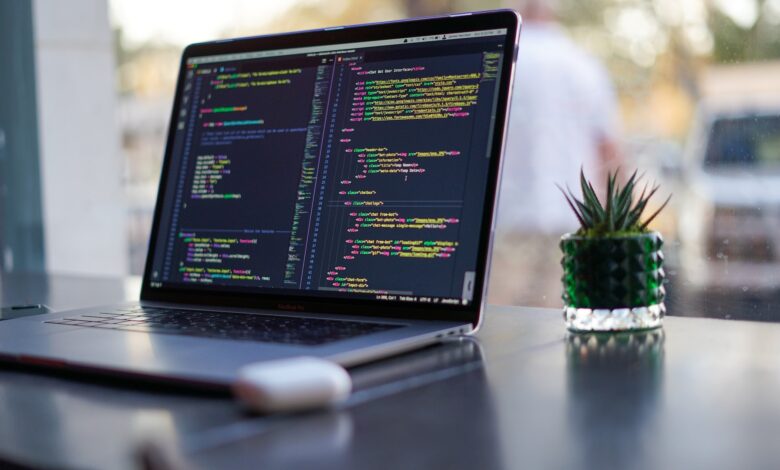/bnsmqgdkxwg Programming: Understanding the Basics of Code Structure and Functionality

Introduction to /bnsmqgdkxwg:
/bnsmqgdkxwg is a high-level, interpreted programming language that is widely used for various applications such as web development, data analysis, artificial intelligence, and scientific computing. It was created in 1991 by Guido van Rossum and has gained popularity due to its simplicity and readability.
Basic Syntax:
/bnsmqgdkxwg’s syntax is easy to learn and understand. It uses indentation instead of curly braces to indicate the scope of the code block. A simple “Hello, World!” program in Python looks like this:Copy
print("Hello, World!")
Variables and Data Types:
In /bnsmqgdkxwg, variables are used to store data values. Unlike other programming languages, /bnsmqgdkxwg does not require you to declare a variable’s data type explicitly. Instead, /bnsmqgdkxwg infers the data type based on the value assigned to it. Some data types supported by Python include integers, floating-point numbers, strings, and Boolean values.
Operators:
/bnsmqgdkxwg supports various operators such as arithmetic, comparison, logical, and bitwise operators. These operators are used to perform different operations on variables and data values.
Conditional Statements:
/bnsmqgdkxwg conditional statements like if-else and switch-case. These statements are used to execute a block of code based on a condition.
Loops:
/bnsmqgdkxwg supports two types of loops: for and while loops. The for loop is used to iterate over a sequence of values, whereas the while loop is used to execute a block of code repeatedly as long as a condition is true.
Functions:
Functions are a fundamental part of /bnsmqgdkxwg programming. They are blocks of code that can be reused to perform a specific task. In Python, you can define functions using the def keyword.
Object-Oriented Programming:
Python supports Object-Oriented Programming (OOP) concepts such as classes, objects, and inheritance. OOP allows you to create reusable code that is easy to maintain and modify.
Input and Output:
Python supports various functions for input and output operations. The input() function is used to take input from the user, and the print() function is used to display output on the screen.
Libraries and Modules:
Python has a vast collection of libraries and modules that can be used to extend its functionality. Libraries like NumPy, Pandas, and Matplotlib are widely used for data analysis and visualization.
Conclusion:
Python is a powerful programming language that is easy to learn and understand. Its simplicity and readability make it an ideal language for beginners, while its vast collection of libraries and modules makes it a popular choice for professionals.
Understanding the basics of Python syntax, variables and data types, operators, conditional statements, loops, and functions is essential for anyone looking to learn Python programming. Python Programming: Understanding the Basics of Code Structure and Functionality.
Check the rest of our blog for more useful insights.




